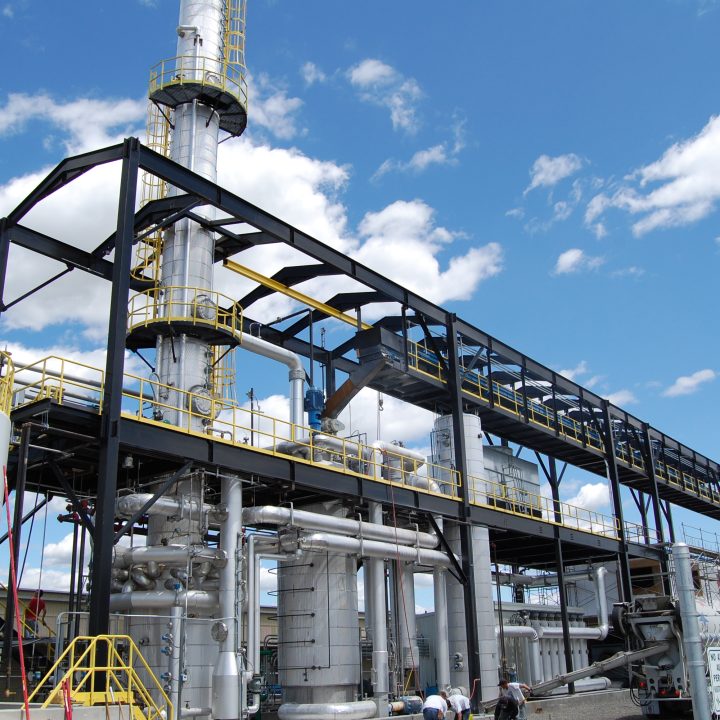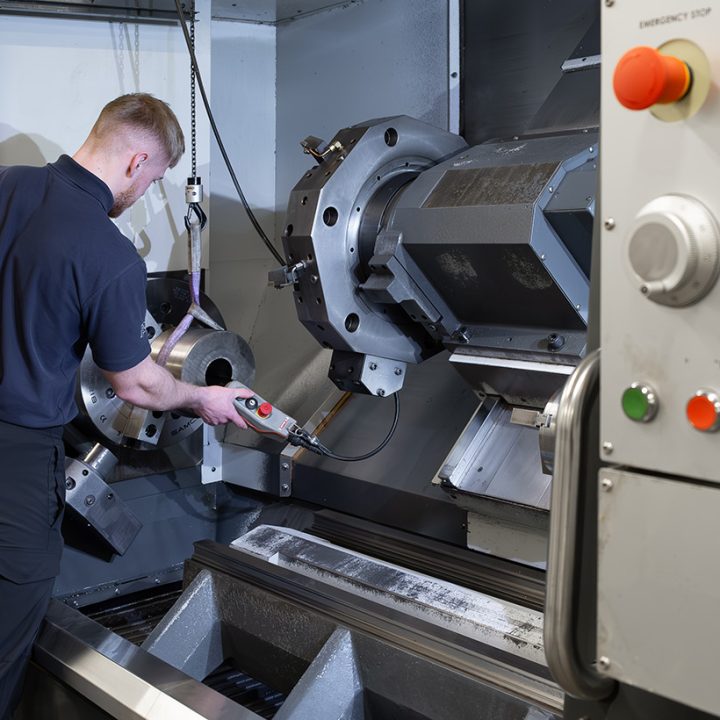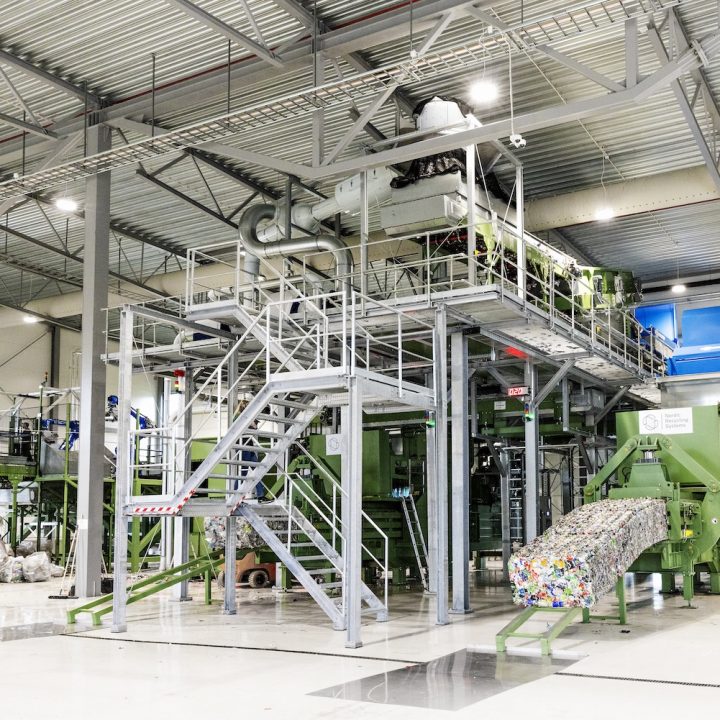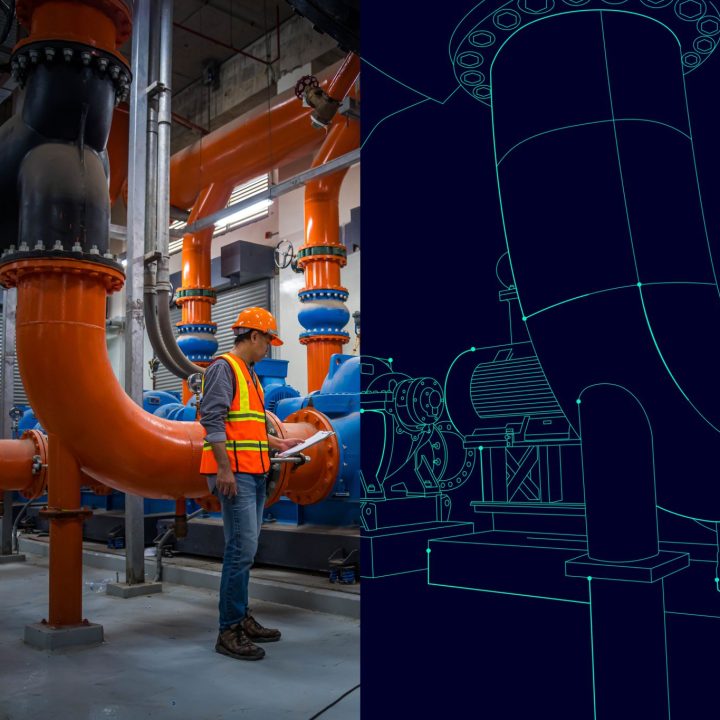Nanotechnology in environmental pollution treatment
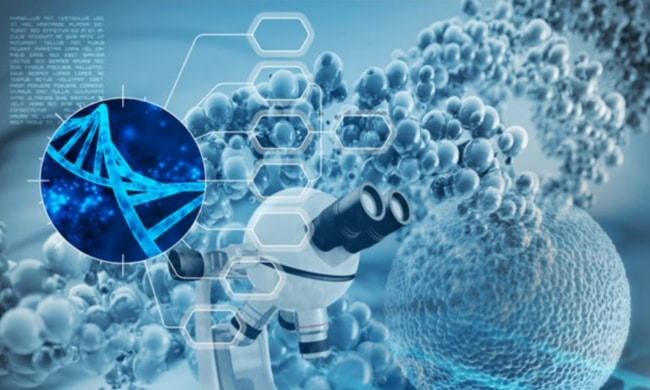
Nanotechnology and Its Applications
Nanotechnology is the science and engineering of designing, analyzing, fabricating, and applying structures, devices, and systems by controlling shape and size at the nanometer scale (1 nm = 10⁻⁹ m). The primary focus of nanotechnology research is on **nanomaterials**. Although the field only began to truly develop and gain widespread attention with the rise of the Fourth Industrial Revolution, it has already contributed significantly to human advancement.
Today, nanotechnology is considered one of the world’s leading scientific and technical industries, expected to continue growing in the future. It allows for manipulation of materials at the molecular level, enhancing material properties while minimizing the size of devices and systems — marking a revolution across many sectors such as **biomedicine, energy, environment, information technology, and defense**.
Nanotechnology enhances solar battery performance, improves energy efficiency and storage of batteries and supercapacitors, creates superconducting materials for long-distance power transmission, and enables the production of ultra-fast nano-electronic components. It’s also applied in **electronics, automotive, aerospace, and food industries**. For example, **nano food technology** can improve taste, nutritional content, and preservation through antibacterial packaging.
In environmental protection, nanotechnology replaces polluting materials and production processes with **cleaner, energy-saving, and sustainable methods**. Nano filters can remove fine pollutants, and nano catalysts help accelerate and complete waste treatment reactions. A notable application is the **nano water purifier**, which uses nano materials to filter contaminants effectively.
In **medicine**, nano materials are used for diagnostics, targeted drug delivery, and even cancer cell destruction. The **textile industry** also benefits — silver nanoparticles are used to kill odor-causing bacteria, now common in major sportswear brands like Nike and Adidas.
—
Potential of Nanotechnology
Nanomaterials exhibit unique physical and chemical properties, making them valuable for eco-friendly products. They improve durability, prevent corrosion and water damage, increase energy efficiency, and reduce transportation energy costs. Developed countries are heavily investing in nano research, creating opportunities for technology transfer and application in developing nations.
In the **chemical industry**, nanomaterials act as catalysts, improving energy efficiency and replacing harmful chemicals. Advanced nano processes for **energy production and storage** are under development and expected to contribute greatly to **climate protection and energy sustainability**.
Nanotechnology also offers economic potential in **battery recycling**, recovering valuable materials like zinc oxide nanoparticles from used alkaline batteries, reducing pollution and saving billions in production costs.
Researchers are exploring **nano-based solutions for radioactive waste treatment** using materials like **titanate nanofibers** to absorb radioactive ions such as cesium and iodine.
In **oil spill cleanup**, though still in early stages, nano materials show high promise for absorption and separation technologies.
Another major area of research is **water treatment**, where nano filters can remove dissolved salts, bacteria, viruses, arsenic, mercury, pesticides, and other pollutants. They act as selective physical barriers that block harmful substances without causing secondary pollution.
One important development is the use of **nano iron particles** for pollution remediation. Nano-scale iron reacts faster than micro-sized particles thanks to its large surface area, allowing it to neutralize contaminants in soil, sediments, and groundwater. It effectively reduces chlorinated organic compounds, heavy metals, and inorganic pollutants — such as arsenic (As), chromium (Cr), lead (Pb), and selenium (Se) — converting them into non-toxic forms.
Beyond wastewater treatment, nanotechnology is also applied in **aquaculture**, improving water quality by reducing COD, BOD, NH₃, and H₂S, controlling algae growth, and increasing dissolved oxygen.
—
Conclusion
Scientific and technological advancements, especially in nanotechnology, have influenced nearly every aspect of life. By fully leveraging the potential of nanotechnology — particularly in **environmental protection** — Vietnam can accelerate its path toward **industrialization, modernization, and sustainable development**.

